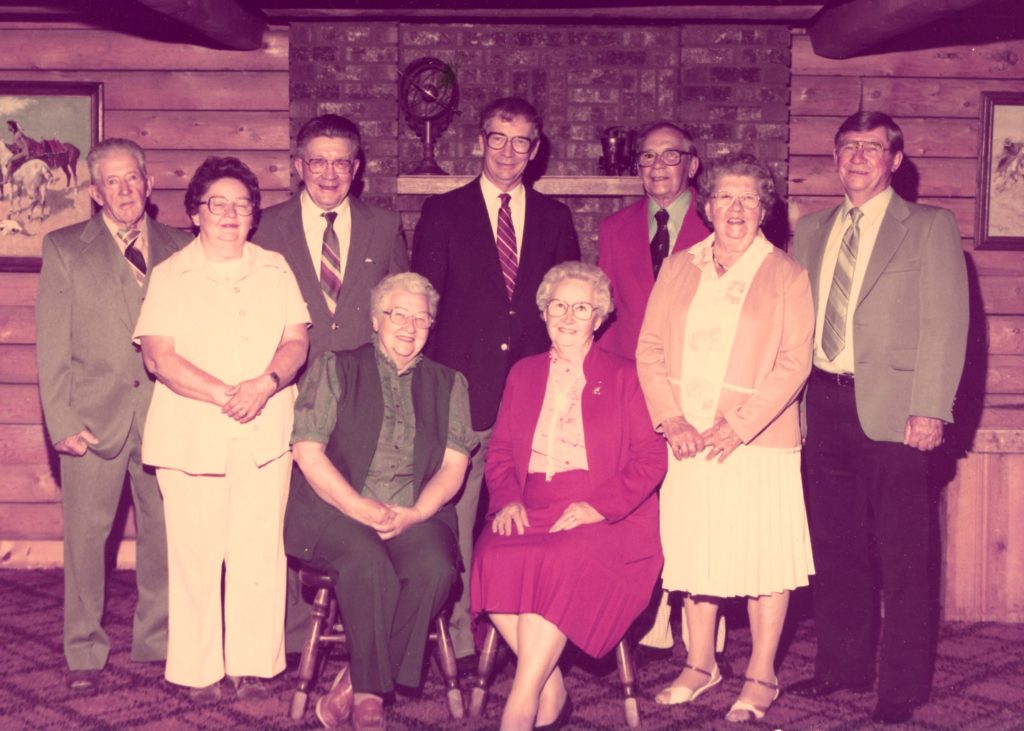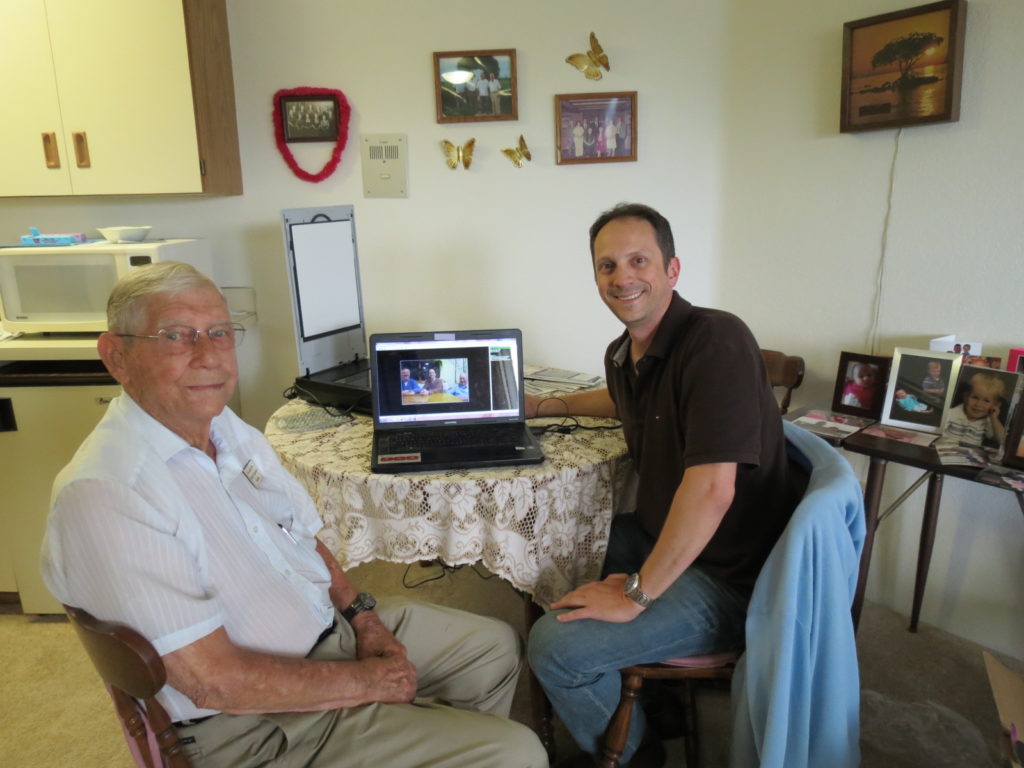| His parents | Married 3/24/1908 | Her parents |
| Great Grandfather Knut Fagerland (8/26/1883 – 4/22/1970) |  ND | Great Grandmother Augusta Sandver-Fagerland (10/21/1881 – 4/07/1948) |
| Ancestor 8 (1,000) | Their ancestral child | Ancestor 9 (1,001) |
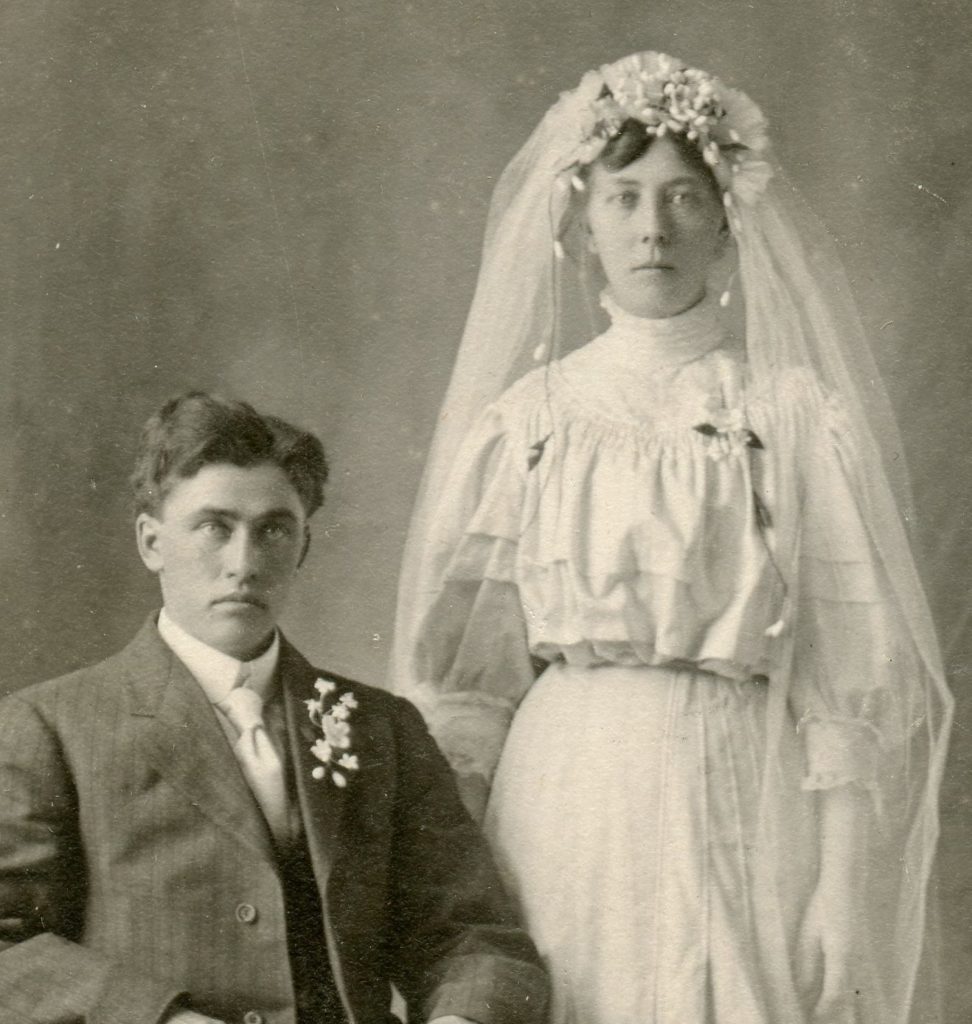
Birth and Names
My great grandparents went by the simple names Knut and Augusta or “Gussie” Fagerland. Their full names had a complicated history. Knut’s birth record only gives him a first name; his father’s name was given as Ole Hansen. As an adult, Knut filed paperwork with a court, effectively establishing a legal name change from the presumptive Hansen to Fagerland. The papers indicated that he had always used the Fagerland name in practice. (See 2GGP Fagerland‘s page and / or Scandinavian nomenclature for more information about this transition). Our last name still had the Norwegian pronunciation “FOGG-er-land” in this generation.
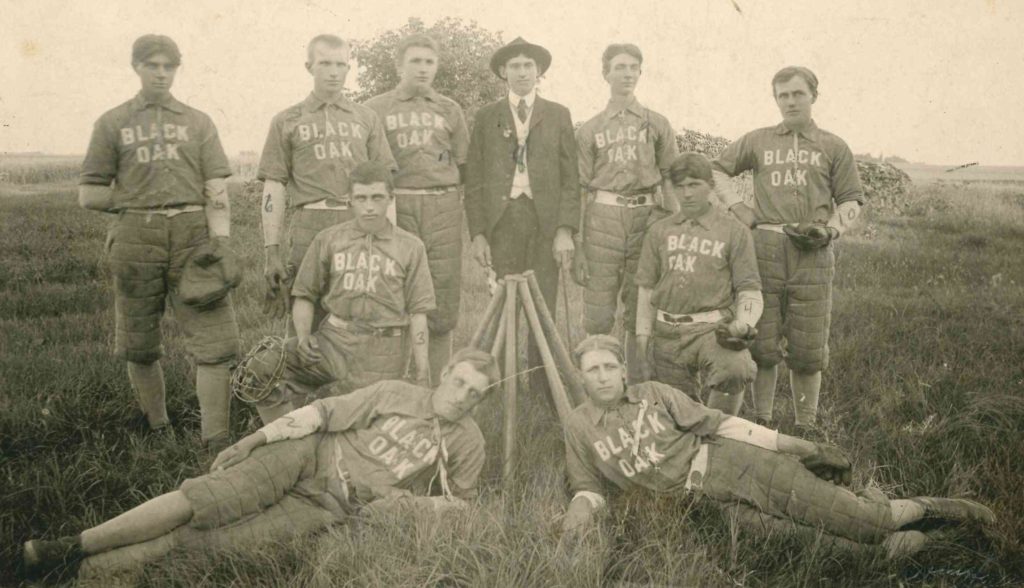
Several family trees identify Augusta as “Henrietta Augusta Tonder Theodora” 1 (Grandpa pointed out that these are mostly feminized versions of men’s names). Her family name at birth would have been “Anderson” according to the nomenclature of the UK of Sweden / Norway in that generation only. Her parents changed their name to Sandver. Thus, to list out all of Augusta’s alleged maiden and married names, we would have to write “Henrietta Augusta Tonder Theodora Anderson-Sandver-Hansen-Fagerland”! Though she spent nearly her whole life in the US, Augusta was my only foreign-born great-grandparent. She was born in Norway and remained bilingual.
Early marriage and children
Knut and Gussie met as enterprising homesteaders in Divide County, northwestern North Dakota. They set out as very young adults from two different Minnesota home towns. They both traveled to ND with friends and siblings while leaving their parents behind in MN. Crossing North Dakota was so difficult back then that Augusta’s parents worried they’d never see her again. Knut struck his claim in 1905. Augusta followed about a year later and settled a mile away. They had a shotgun wedding and made the trip back to Barnesville, MN just for the occasion. (Note to self: I need to pinpoint their quarters of land on a map).
Their nine children were Johnny (1908), Mabel, Alma, Esther, Orville, Kenny, Harris, Warren, and Deloris (1927). They must have been hardy stock. All of these children lived to age 75, and six of them lived past 90!
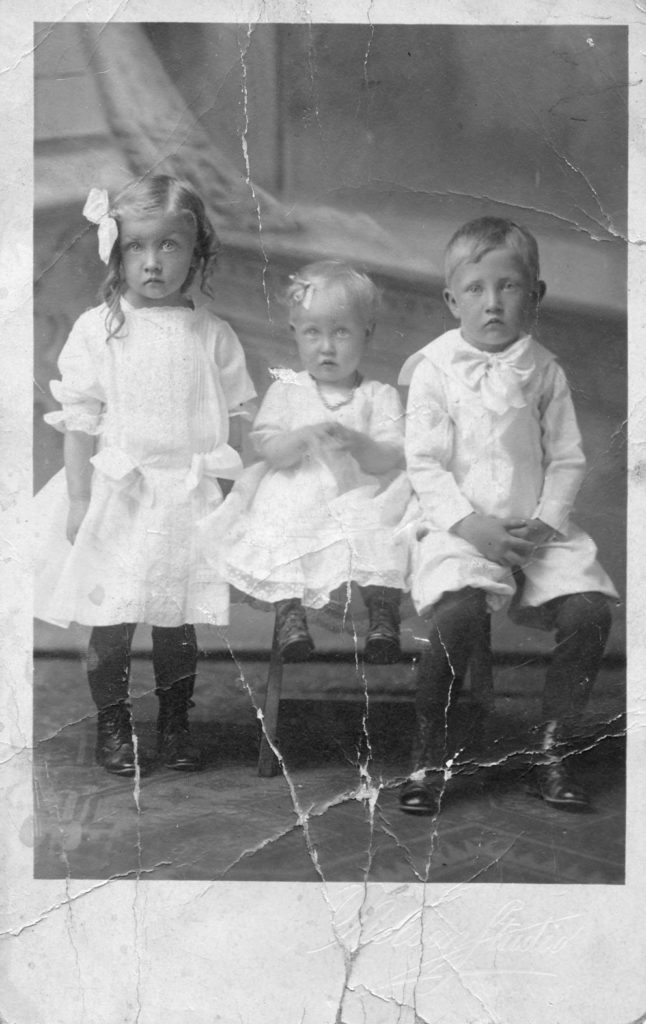
The family had a house in the town of Noonan, while also erecting a wooden two-story house on Augusta’s quarter of land. The house in town burned down in 1930. That fire was one of my grandfather’s earliest memories. Unfortunately, we lost the only known picture of Knut’s father in that fire. Orville had an even older memory, the tornado of 1919. The family rode out the storm in the farm house cellar, which was flooding while the house got battered above. The tornado completely destroyed a shed, knocked over farm vehicles, and tore a wing off the house, but the house survived. To the best of my knowledge, it still stands today.
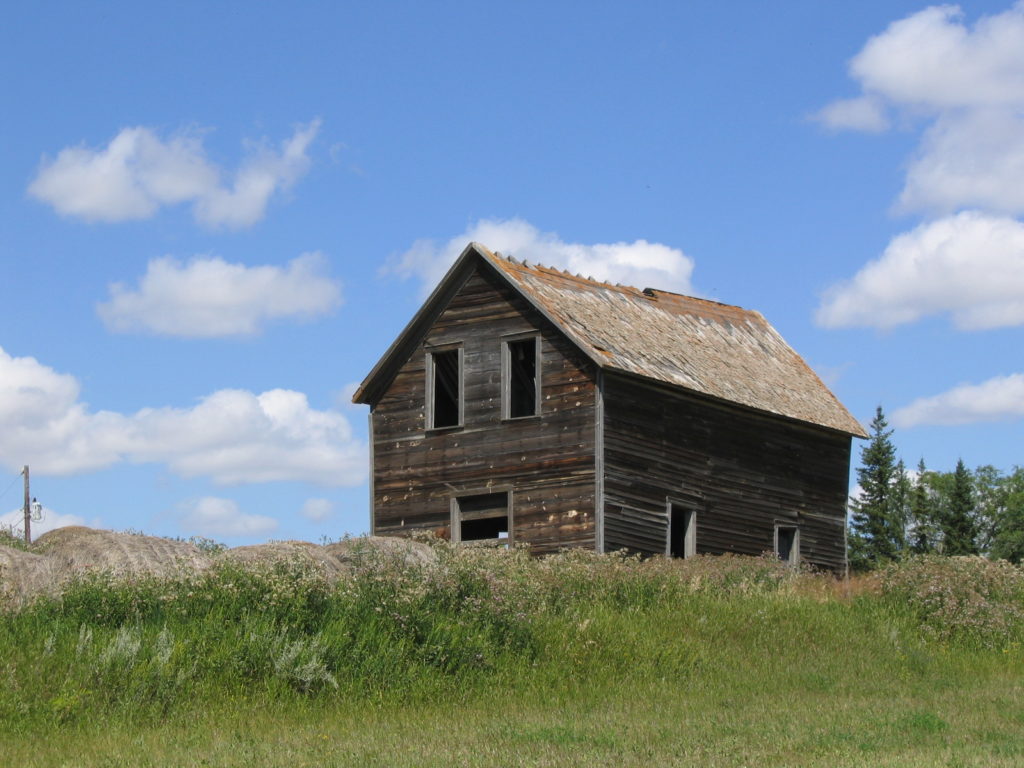
My grandfather remembered growing up in the farm house during the depression. They had a pond on their land, which attracted fowl. Neighbors liked to come over to hunt. Grandpa and his brothers would help them scout in exchange for birds or shotgun shells. Grandpa wrote a memoir that dwells at some length on his and his siblings’ memories of the 1920s – ’40s on this farm.
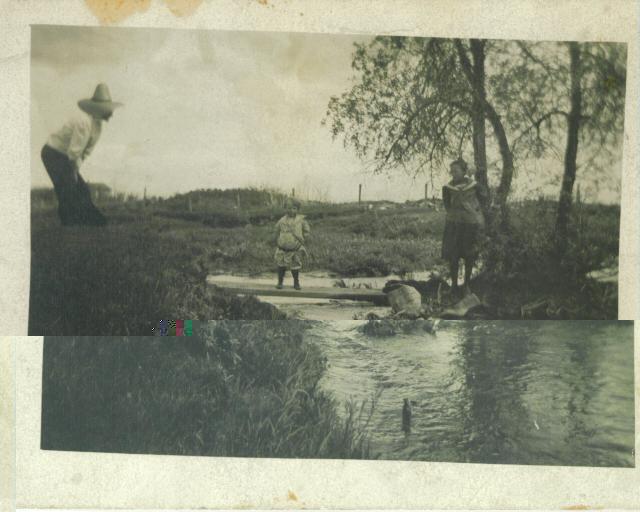
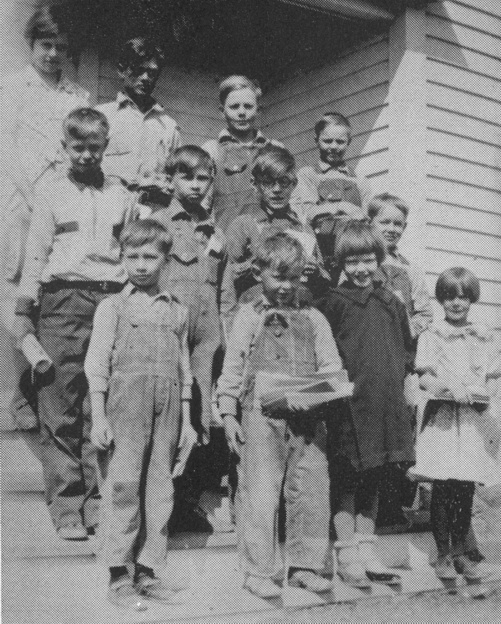
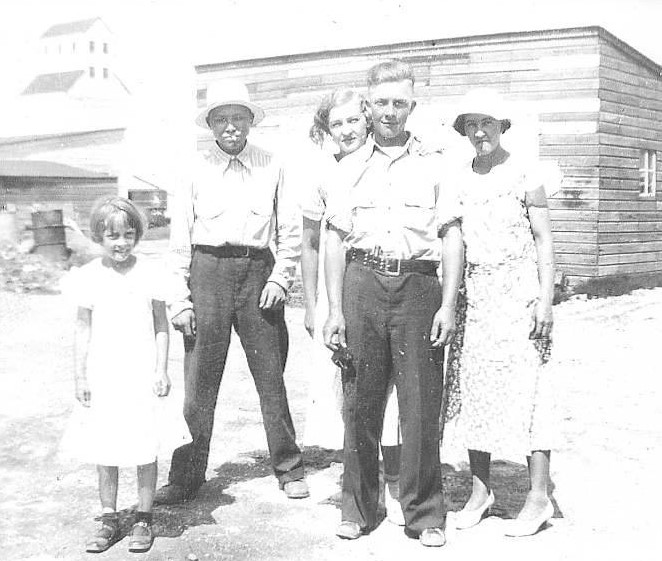
Depression, divorce, and war
The depression put a strain on the family. Knut developed a gambling problem and lost his farm. He could be emotionally abusive with his family. As Orville retold the story to me, there came a day, probably in the mid-1930s, when Knut snapped and started slapping Augusta around. The kids rushed in to save their beloved mother. “Mom held him down, and we all beat him up pretty good,” Orville recalled. “We told him to get out.” Someone tore a phone off the wall in the heat of passion that night. Knut moved into a new shack. Orville said that Augusta eventually filed for divorce (I have not looked for that documentation yet). Johnny became the father figure for the younger children like Grandpa. The kids remembered Augusta as an angelic mother. She died in 1948, just before Dad was born.
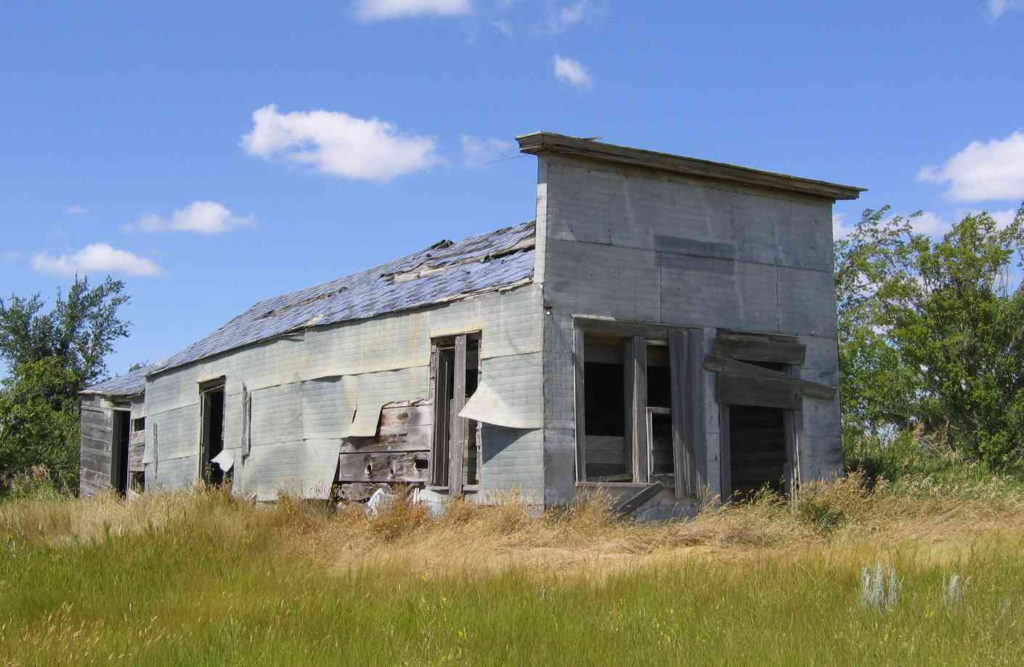
Three Fagerland boys — Orville, Kenny, and Warren — served overseas in WWII. Grandpa was in western Europe while Orville was in the South Pacific and, if I remember correctly, Kenny was in the air force in northern Africa. At that time, parents would go for months without hearing any news about their sons. I met some distant cousins later who remembered how hard that time was for Augusta. The war was traumatic for the soldiers, too. It drove Orville and Kenny to alcoholism. Grandpa didn’t speak a word of his war experiences for decades. (He did eventually write about them, in his memoir and in a veterans’ group).
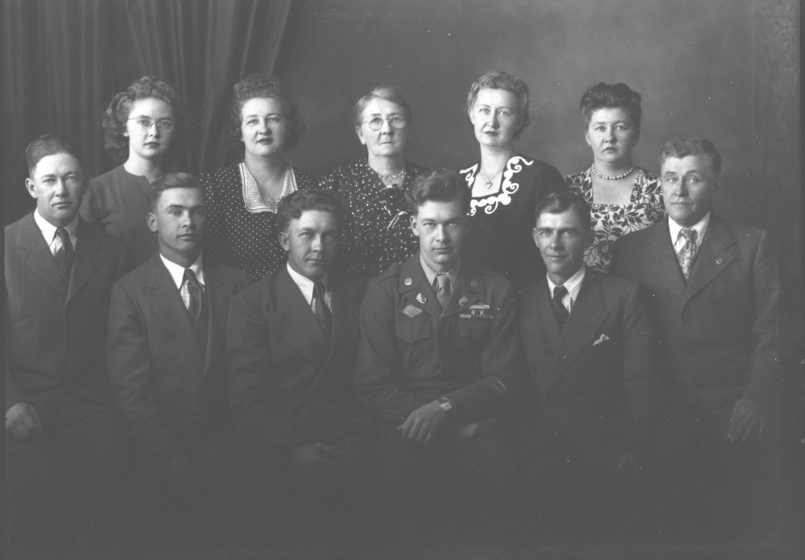
Later years
The boys had a lot of trouble forgiving Knut, but he made efforts to stay involved in the family for the rest of his life. There was a rumor that a native American woman was living with him. Dad remembers him from holidays. He was a little out of touch, but he’d bring gifts for the kids. Knut was always very active in the community. Locally, he was one of the most popular neighbors as a baseball coach and umpire. He loved baseball his whole life. Everyone who knew him recalls that “you could hear him a mile away” — he had a perfect voice for his favorite sport.
Knut died just a year before I was born. This was the only set of great grandparents who were both gone by the time I came around.
